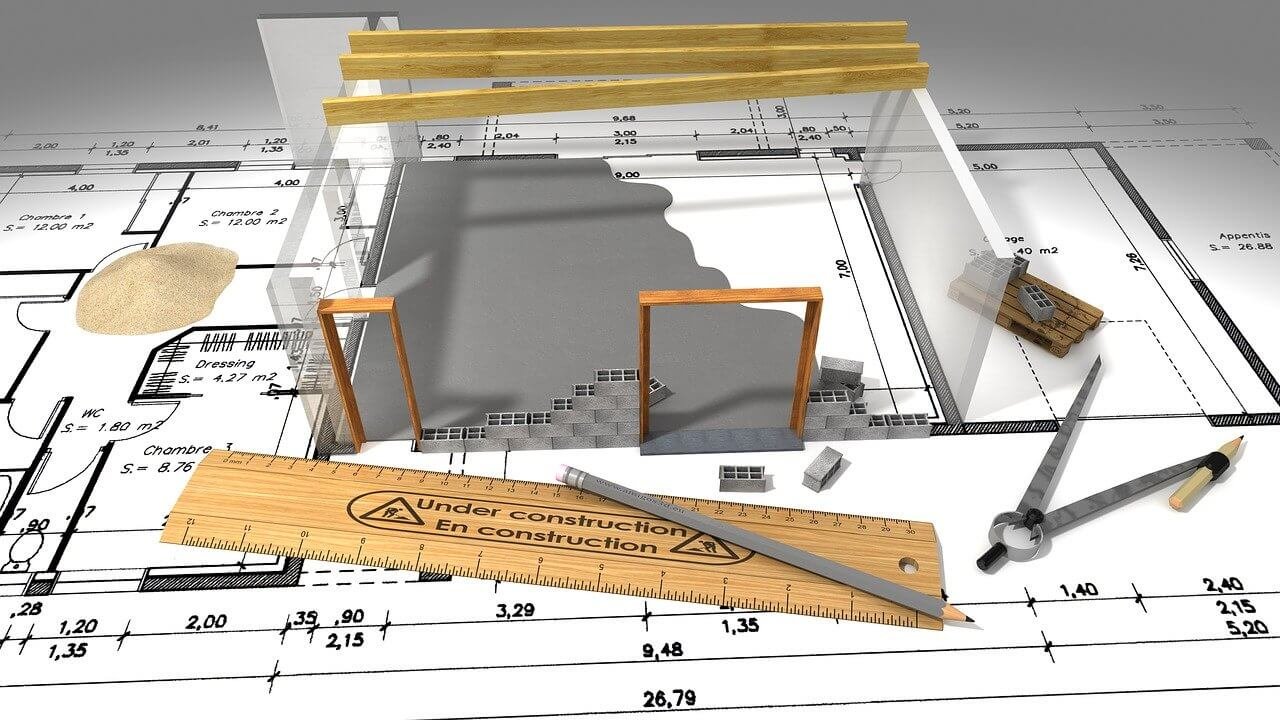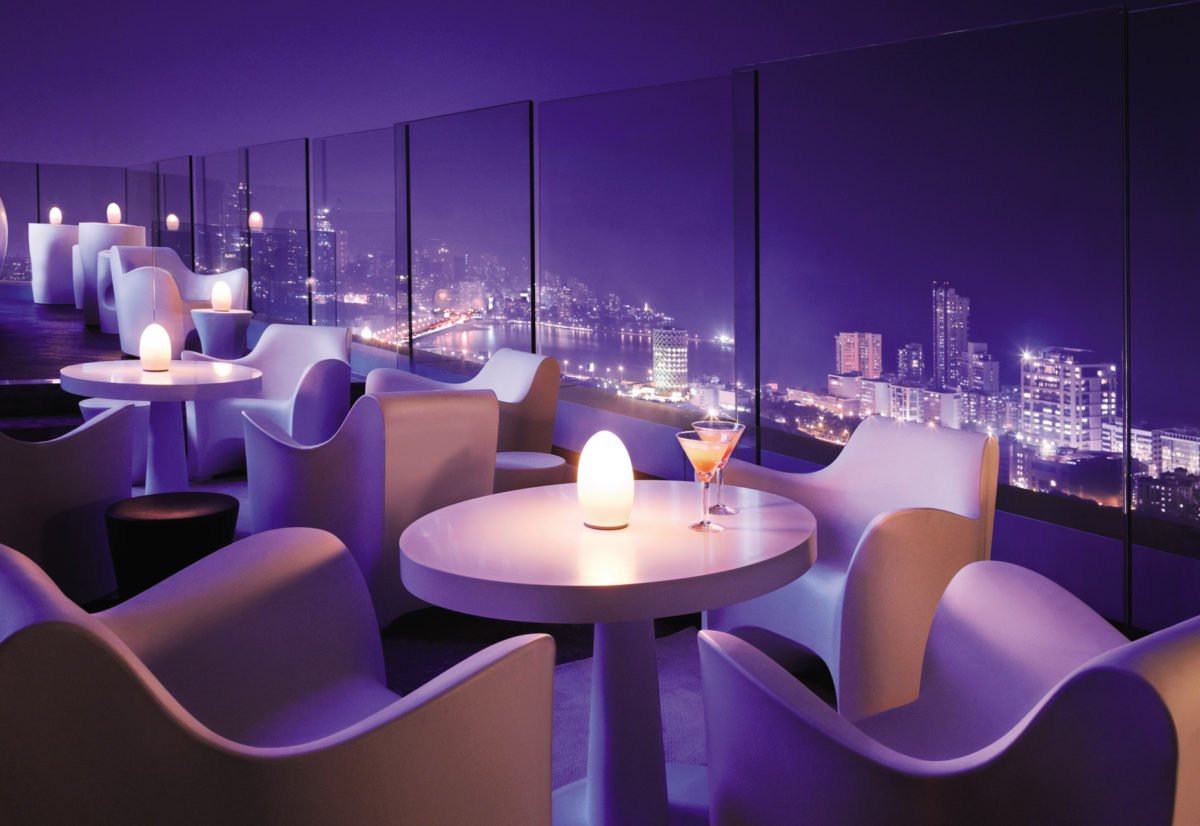Vernacular architecture, by the term, means, constructing structures with the use of local materials and knowledge. Capitalizing on local knowledge and traditions with the advantage of using local resources makes it energy efficient and sustainable. The term ‘vernacular’ initiated in 1800 as a concept and originated when the people were forced to use natural resources like shelter, in response to the climate.
Vernacular architecture has been an inspiration for innovations in environmental and socio-economically sustainable design and planning. They are intentional and are based on climatic and environmental solutions within sustainable designs achieved by local implementations.

Importance of Sustainability in Vernacular Architecture:
In the past three decades, the world has witnessed great awareness of an environmental crisis like global warming, resource depletion, energy, air and water pollution, waste, population growth, and globalization. Issues come within the responsibility of arguments on sustainability indicating the necessity for sustainability integration in ways we live. These issues come within the responsibility of augments on sustainability indicating the necessity for sustainability integrating into the ways we live, act, use of resources, and build.
Sustainability often being a fundamental part of the composition of both tangible and intangible cultural resources, it creates an indifferent identity based on different climatic zones and environments. Sustainability is an integral part of vernacular architecture that has evolved over time using local materials and technology emerging from natural to cultural environments creating relationships between people and their surroundings.
India has a diverse climate, microclimate, and socio cultures, every region has its own unique identity with climate-responsive building designs. The traditional wisdom of building human habitats is known to be tested by time for its sustainability in various settlements. Vernacular puts an emphasis on sustainability, on using materials ensuring a house that stays cooler from inside without the need of power for air-conditioning. It also included the basic green architectural principles of energy efficiency and using materials in the proximity of the site.
Localism and Cultural Effects:
Vernacular architecture is said to be unpretentious, simple, indigenous, traditional structures made of local materials and well-tried forms and types. Vernacular architecture is the built environment created based on social needs. The built environment is in accordance with the natural environment, topography, site, climate, local building materials, experience in building and building techniques.
Architecture is built by people for people and it has developed through time and modified itself through trial and error to fulfill the demands of society in harmony with the environment. Due to the lack of transportation in villages, vernacular architecture depended on local materials and skills; leading to conserve resources. Material embedded its physical and aesthetical characteristics dedicated to the architectural technology that fits materials.
Regionalism in architecture has reflected the local and traditional features related to place, culture, climate, and technology of a certain era. Most of the modern cities now lack identity due to imported global styles and techniques that don’t cope with the ambient environment and don’t reflect the uniqueness of each city country and its people.
Vernacular architecture is a result of constraints on resource availability and was built on inherently sustainable principles such as resource limitations imposed by economic or natural factors, succeeded in offering solutions to harsh climates and human needs. The natural and social environment has been evident while society evaluates through time.
What influences the Vernacular Architecture?
Many of the significant influences on vernacular architecture are the microclimate of that area and depends on other factors including:
- Availability of resources
- Skilled labor and workforce
- Climate
- Historical influence and context
- Local culture
- Environment
- Local technology
The vernacular architecture includes a traditional design that is climatically responsive and aesthetically pleasing. Climate responsive design, built to lower, the environmental impact, thereby reducing energy consumption.
“In this, the old architecture- especially from vernacular- has much to teach us, as it always develops a typology of fundamental sense. – Charles Correa”
Factors Influencing Vernacular Architecture:
- Climatic & Geological
- Local materials used
- Technology adopted
The elements of Vernacular Architecture:
- Water: The most important resource that is utilized cautiously with strategies like water harvesting and recycling that have been adopted
- Structural Longevity: Materials used in building decide the life cycling of building, costing more and consuming more energy and resources in their manufacturing used to generate more benefits over recycling potentials and disposals.
- Light and Ventilation: Climate responsive buildings reduce artificial lighting and air conditioning systems.
- Technology: Technologies used are devices like jalis, fountains, water cooling building fabrics, adding sustainable features at a macro level.

Redefining Modernity:
The construction sectors have a profound impact on natural environments and heavy machinery and transportation of imported materials are just two factors contributing to the industry’s huge carbon footprint. Buildings are responsible for 40% of the world’s energy consumption in terms of greenhouse gas emissions. Change is inevitable in today’s scenario and plays a crucial role in developing and shaping and altering vernacular architecture.
The major question is, what is modernity today? It’s all about aspirations and modernist changes leading to people living in communities with new technologies around them, defining different ways of living. Nowadays, the notion ‘vernacular’ is been looked forward having negative connotations and is commonly described as simplistic and underdeveloped. It is constantly evolving and is not just limited to past but also lives on in contemporary architecture, as hybrid interactions between different cultures and evolving during the creative process.
The effect of climate-responsive architecture is evident over the course of life of structure with costs, utilities, and maintenance. For example, a structure with large windows on the south facade in a hot, arid climate would be lost most of its air conditioning efforts to the pervading sun, ultimately increasing the cost of energy. By applying the vernacular strategies to modern design, a structure can ideally achieve net-zero energy and be a self-sufficient building.
India, a part of a developed and amongst the first known civilization of the past, devised various techniques to suit various climatic conditions in different tropical zones of the subcontinent. The vernacular architecture established a relationship between people, climate and architecture, demonstrating identity and sustainability. Constructions involved are simple and can easily be merged with nature having a sustainable approach existing in vernacular architecture.
To know more about Architecture Technology, Stay Tuned.
Previous Coverage:
- Green Building Trends: Passive House
- A.I. & Robots Revolutionizing the Construction Industry
- Towards Regenerative Development
- Augmented Reality Transforming Cities
- Coastal cities at the highest risks?
- Co-Living, A buzzword of 21st Century!



